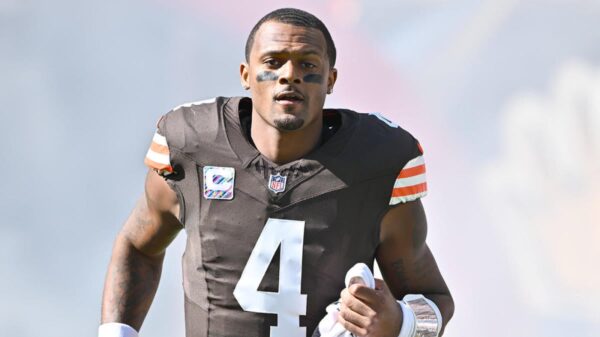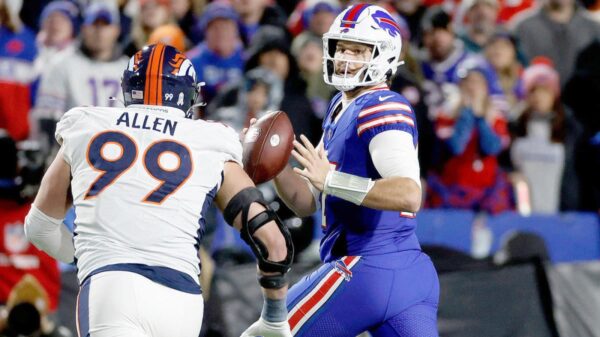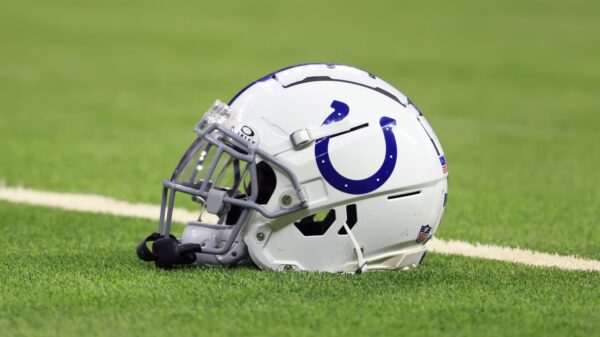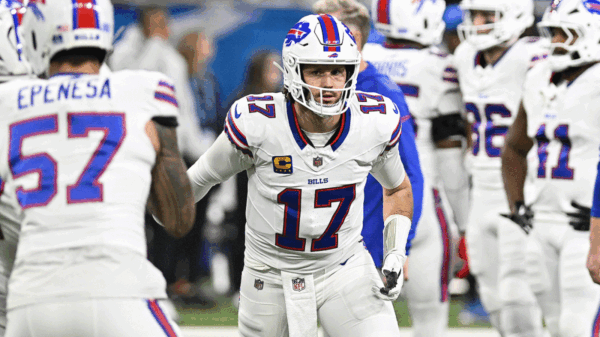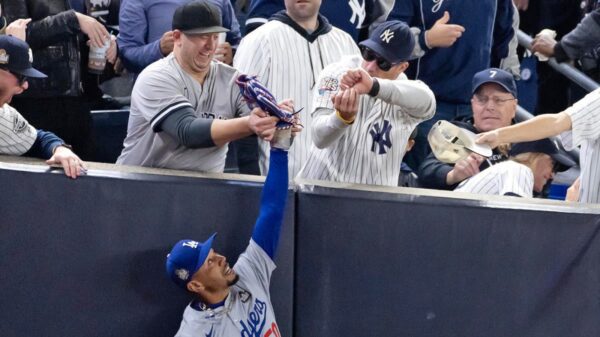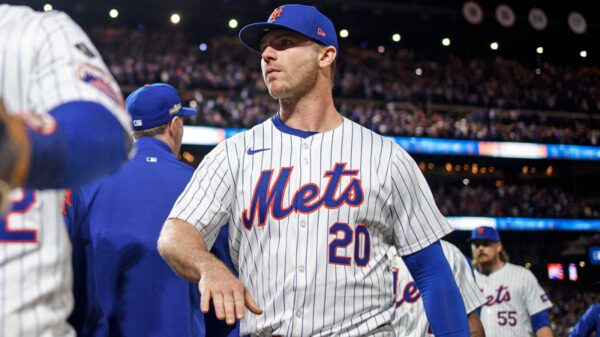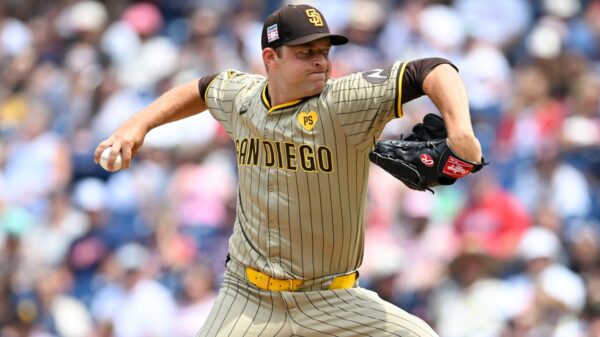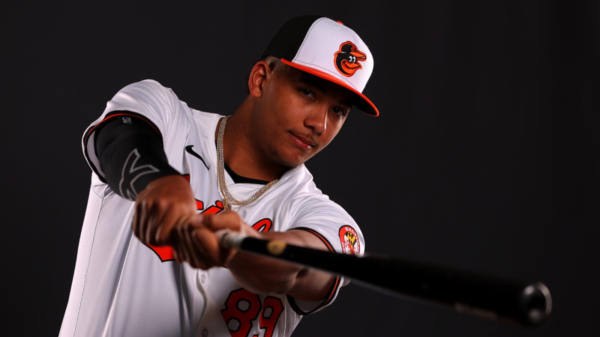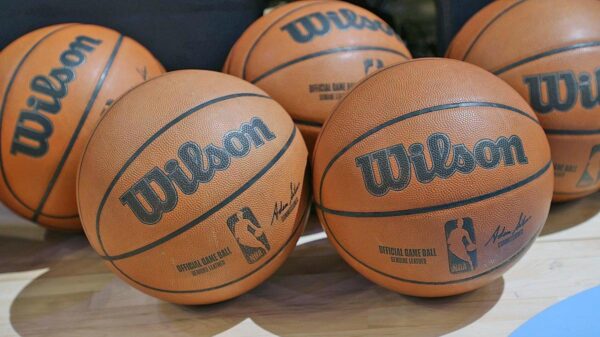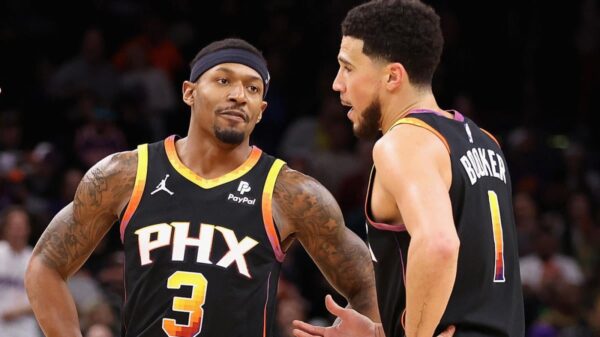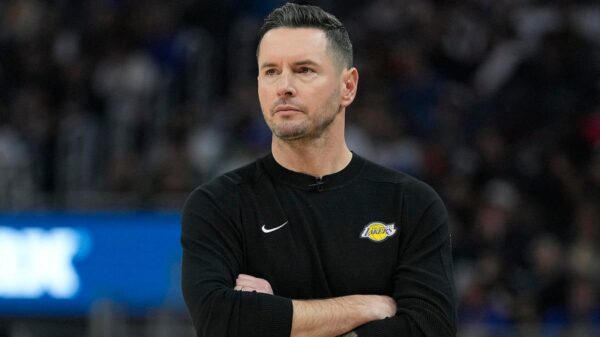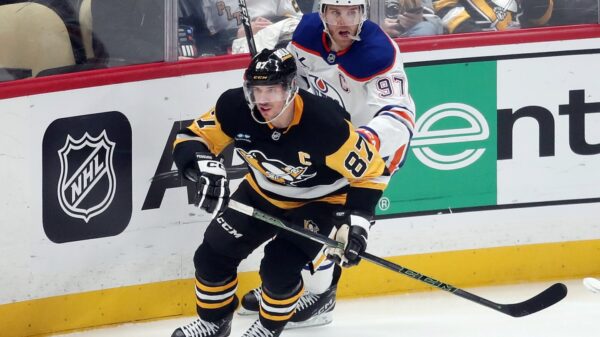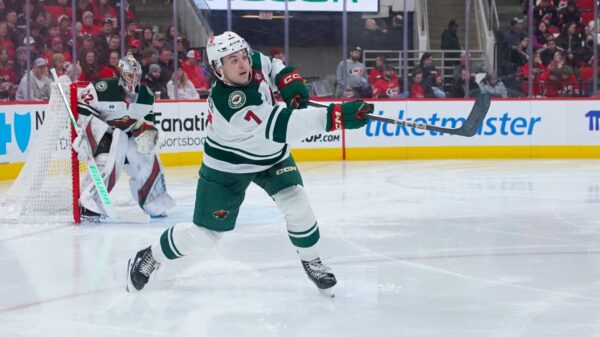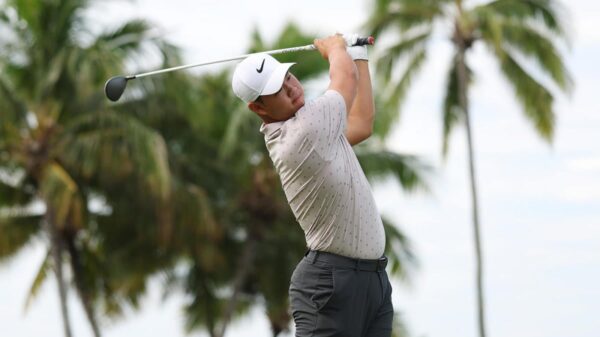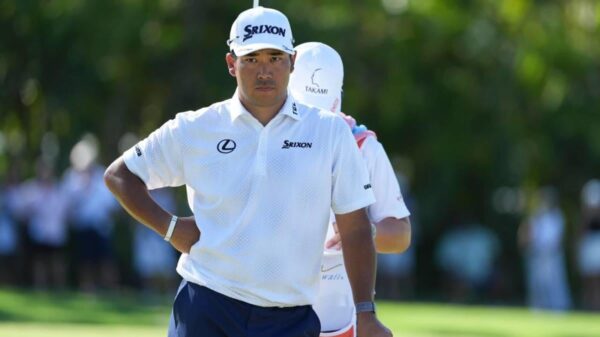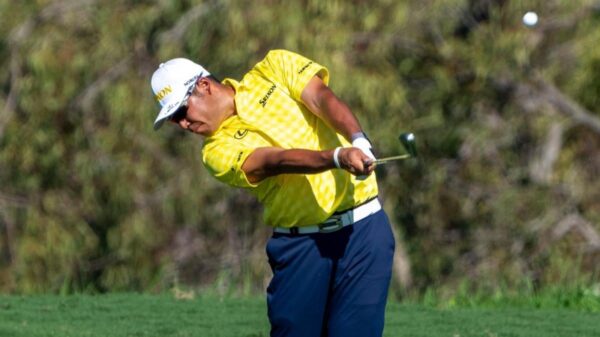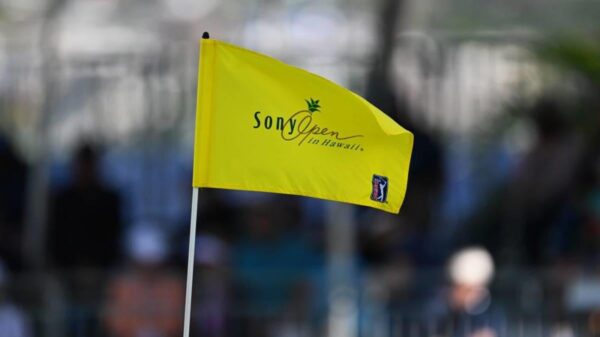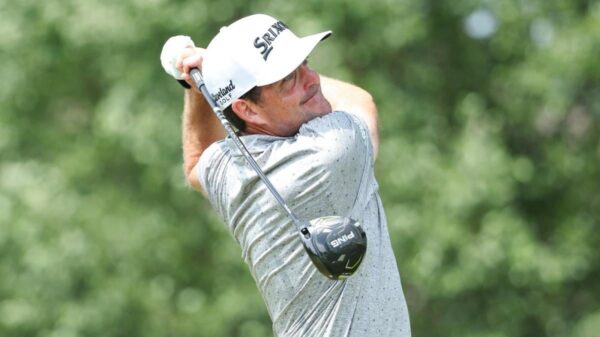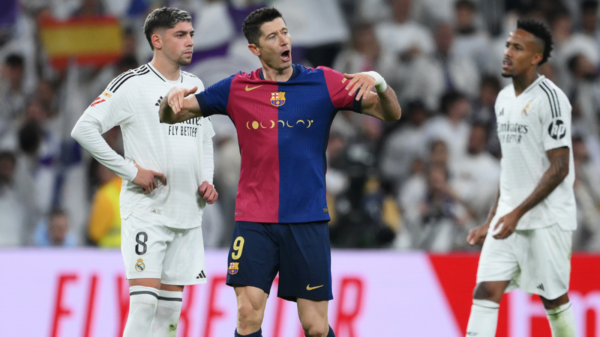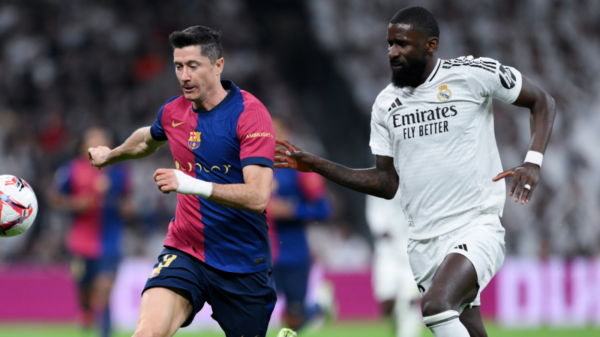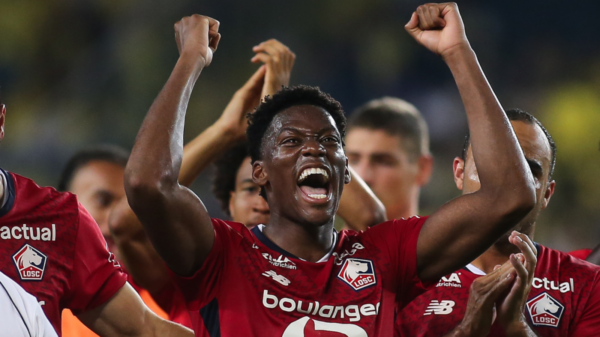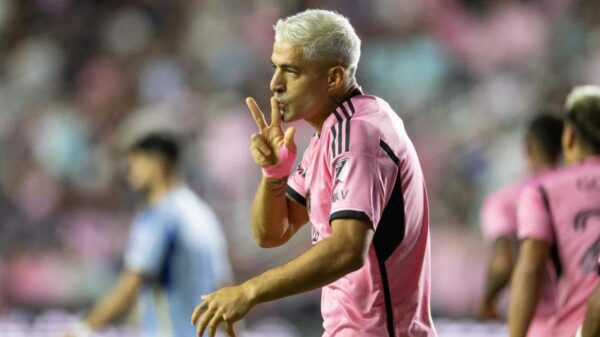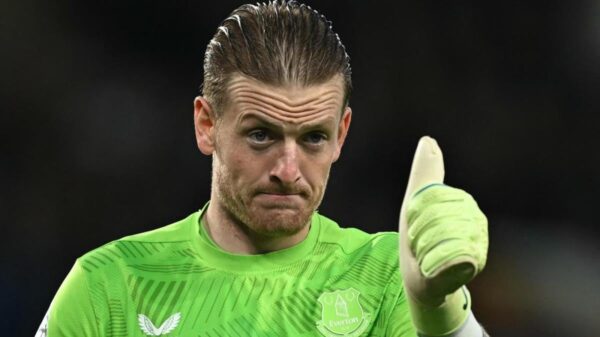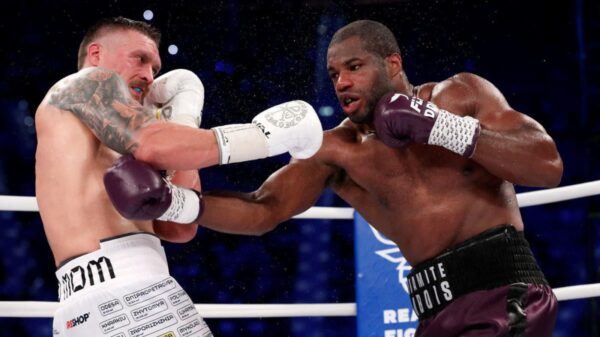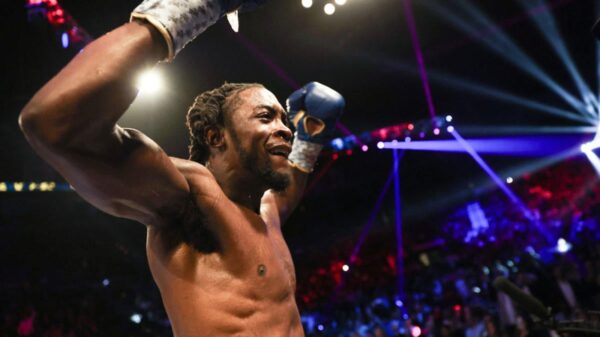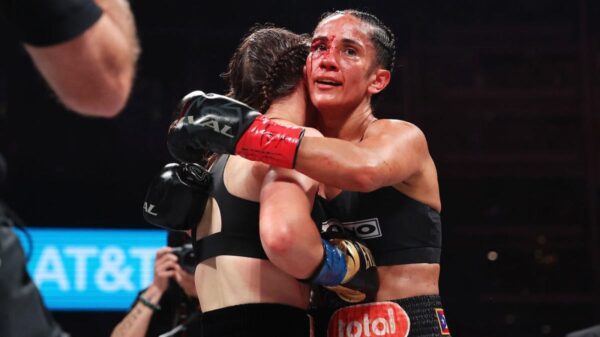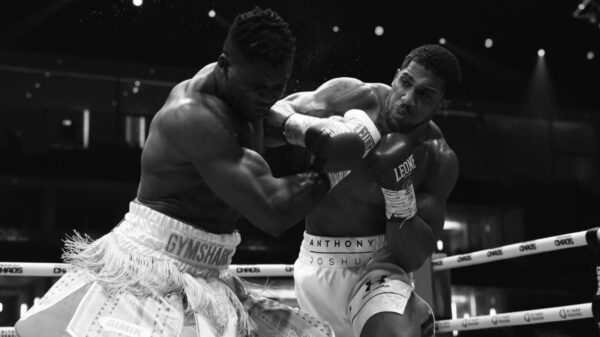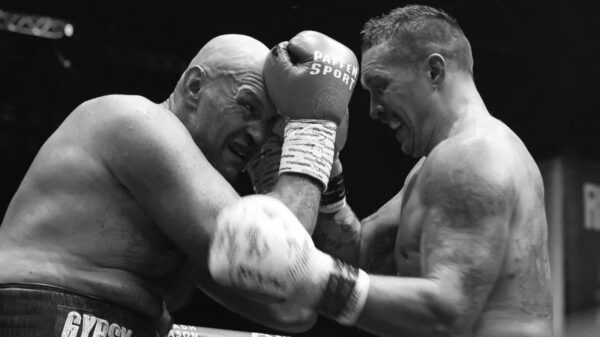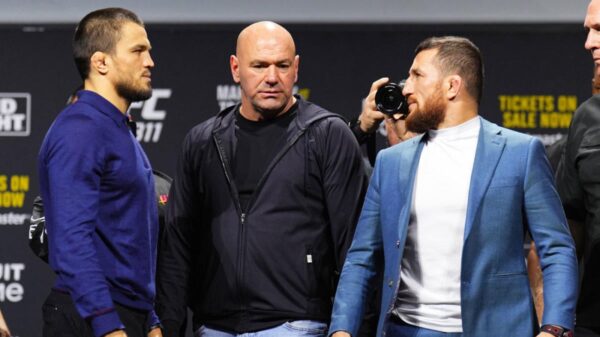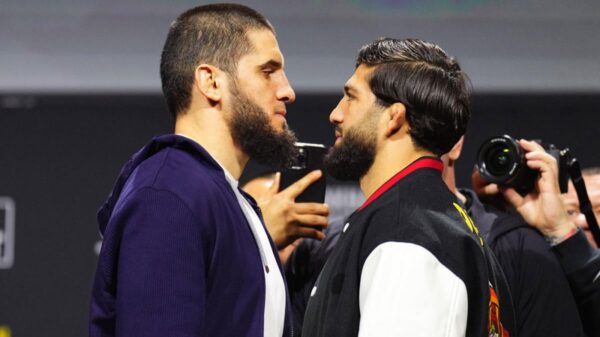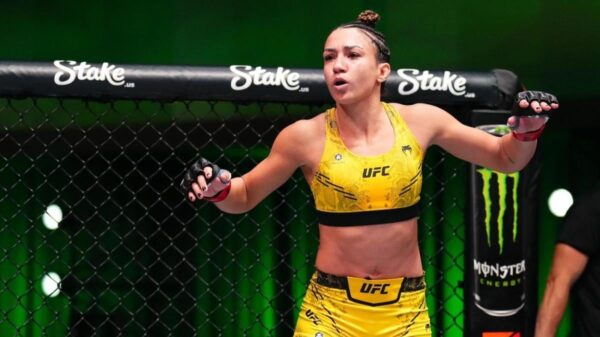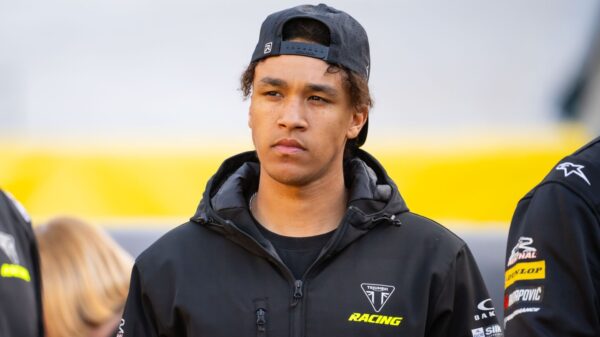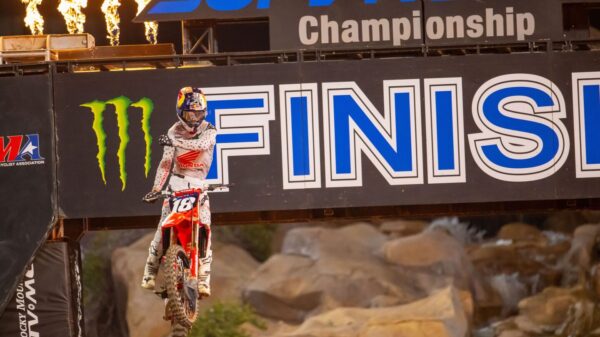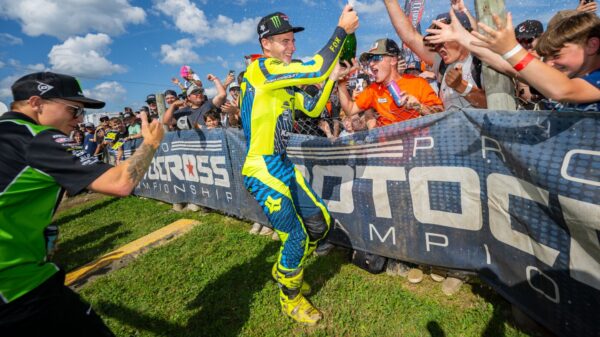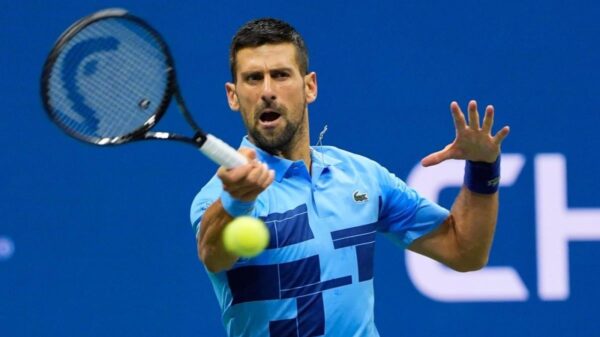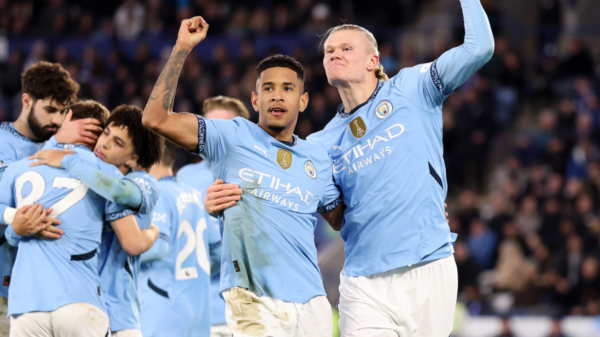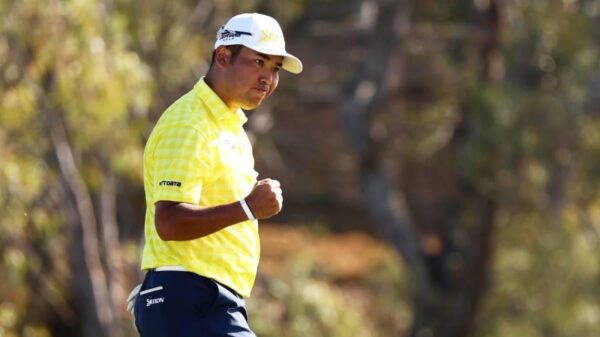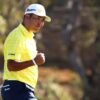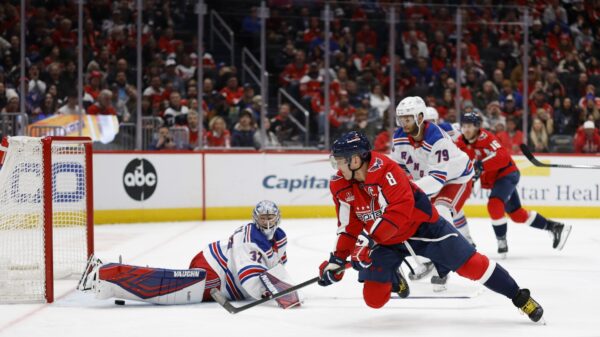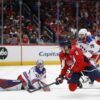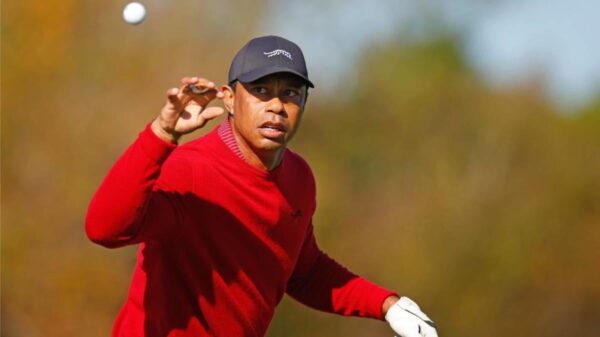Dolphins quarterback Tua Tagovailoa threw caution to the wind on Monday night, throwing himself in the path of linebacker Christian Rozeboom after an interception. Tagovailoa got lucky that he didn’t sustain his latest concussion.
He was asked on Wednesday what he saw when he watched the tape on film.
“I would say it didn’t feel as bad as what it probably looked like, may have looked like,” Tagovailoa told reporters. “When we watched it, our coach had said that he sort of kneed you in the head. Essentially you’re out there playing football; I didn’t necessarily feel that and I wasn’t just going to jump out of the way for him to just run down the sideline and potentially score. So you’ve got to make decisions and I should have never threw the pick in the first place so that’s it.”
So would he do anything different in a similar situation in the future?
“I wouldn’t do anything differently,” Tua said. “I’ll make the tackle, that’s what I’ve got to do. It is what it is. It’s hard to score in this league.”
It is hard to score. It’s also easy to suffer a brain injury. Given the manner in which the Dolphins struggled without Tua, it’s far better to give up a touchdown than to lose the team’s starting quarterback for a month, or longer.
Whether it’s his coping mechanism or a degree of courage that borders on stubborn recklessness, Tua seems to accept that concussions are a matter of fate. That they can’t be avoided. That it’s all predetermined.
Obviously, that’s not the case. Players have the ability to avoid, or at least to minimize, blows to the head. For whatever reason, Tua doesn’t want to think about that.
Maybe he believes that thinking about not getting hit in the head will keep him from playing to the best of his ability. However, he loses his ability to play if he keeps suffering brain injuries.
Yes, it takes bravery to step into the fray with full acceptance of the risk of injury. But Tua’s next concussion isn’t written in the stars he’ll be seeing. He has far more control over his health than he’s willing to admit.
From getting out of bounds, to sliding, to getting rid of the ball, to falling in a way that keeps his head from striking the ground to not trying to make a tackle after a turnover, he can protect himself. He just doesn’t seem to want to, not to the extent he should.
Read the full article here

